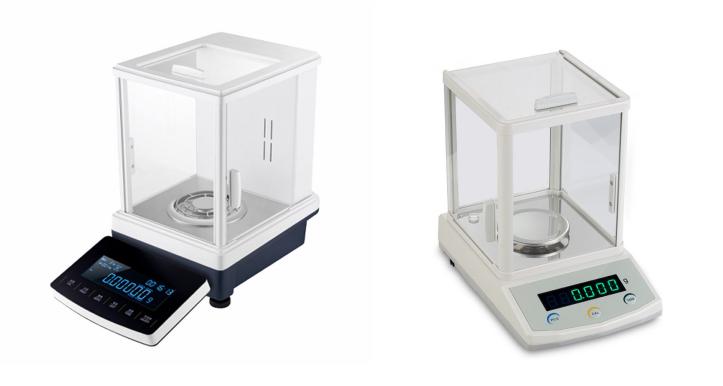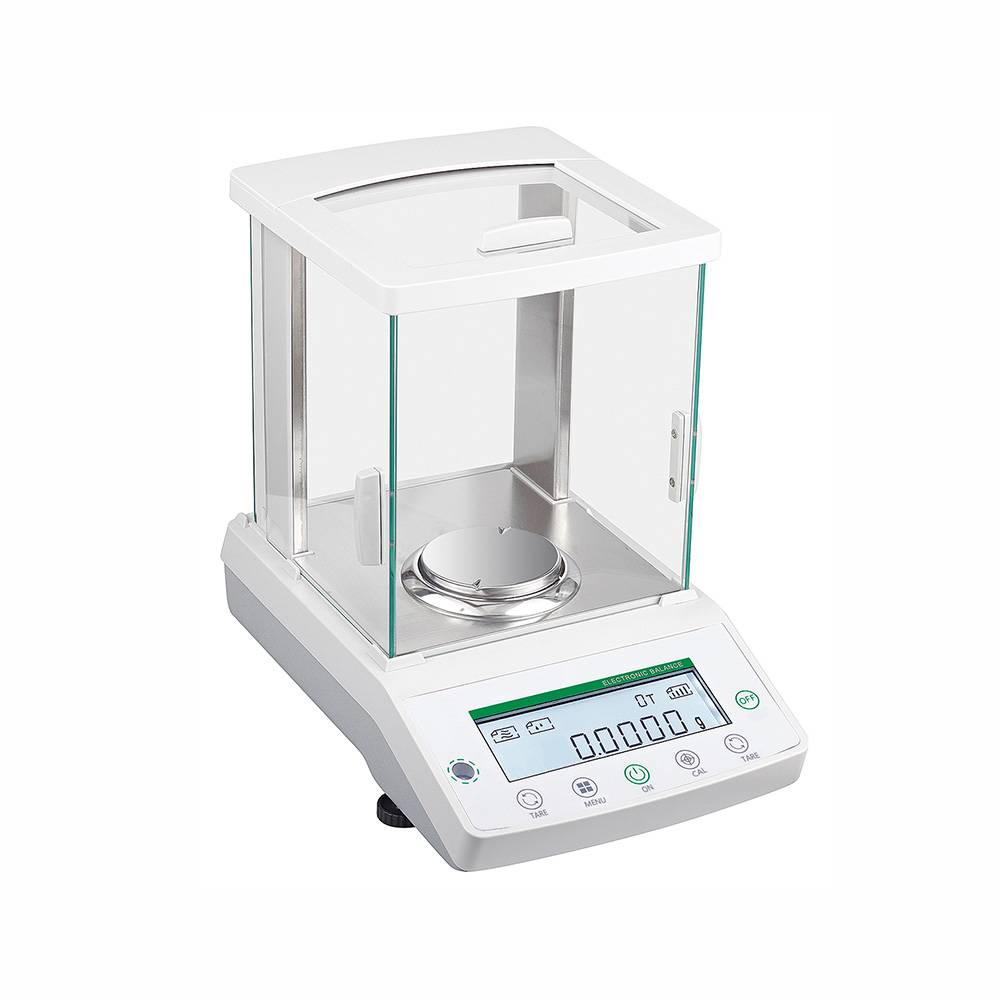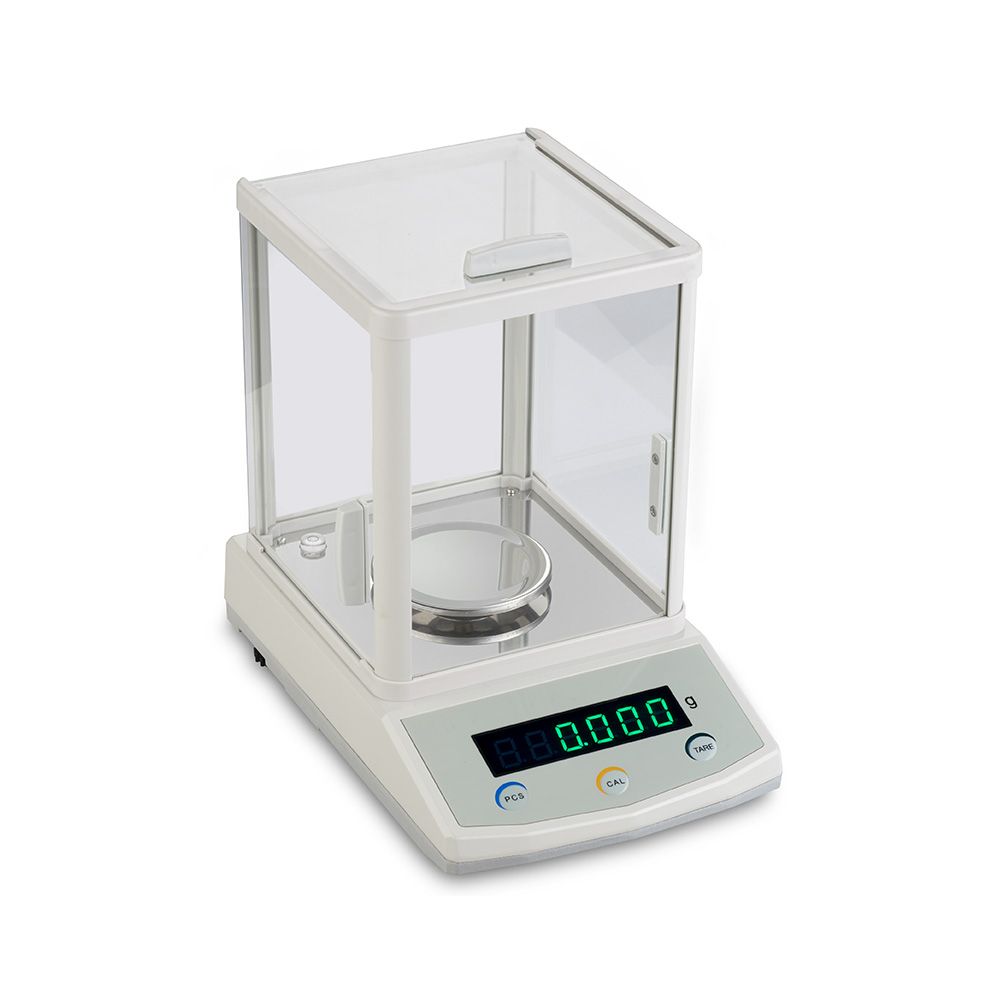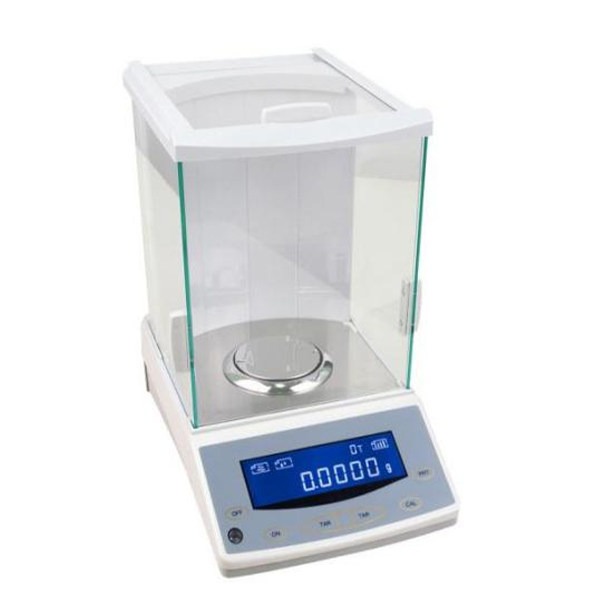Precision is essential in the field of chemistry. The precision of measurements is critical to the success of experiments and analyses. The analytical balance, a critical instrument that has become indispensable in laboratories worldwide, is at the heart of this precision. In this article, we discuss the topic of analytical balance in chemistry, delving into the significance of analytical balances in chemistry, their principles of operation, applications, and the impact they have on the accuracy of scientific research.

Principles of Operation for Analytical Balance in Chemistry
Analytical balances are highly sensitive instruments used to measure mass with extreme precision. Analytical balances, as opposed to standard balances, can measure to the sub-milligram level, making them essential for applications requiring precision. The following principles govern their operation:
1. Force Restoration
Analytical balances work on the force restoration principle. On one side of the balance, a sample is placed, and weights are added to the other side until equilibrium is reached. The force applied to the sample side is adjusted by the balance until both sides are balanced, allowing for precise mass determination.
2. Electromagnetic Force Compensation
To achieve accurate measurements, many modern analytical balances use electromagnetic force compensation. The balance detects any deviation from equilibrium and applies a force to restore balance via electromagnetic coils. This process is quick and reduces the impact of outside factors on the measurement.

Importance of Analytical Balance in Chemistry
Analytical balances are important in many aspects of chemical research and laboratory work, contributing to the foundation of precise scientific measurements.
1. Quantitative Precision
Accurate Mass Measurement: Precise mass measurement is critical in chemical analysis, particularly in quantitative studies. Analytical balances allow scientists to weigh substances with high precision, ensuring that starting materials, reagents, and reaction products are precisely measured. This precision is essential for obtaining consistent quantitative results in chemical experiments.
2. Sample Preparation
Creating Precise Solutions: Analytical balances are widely used in sample preparation, where precise weighing of substances is critical. Analytical balances help to improve the reproducibility of experimental conditions, resulting in more reliable results when preparing standard solutions for titrations or diluting samples for analysis.
3. Gravimetric Analysis
Fundamental Technique: Gravimetric analysis, a traditional analytical technique, uses mass measurement to determine the amount of a substance. Analytical balances are the cornerstone of gravimetric analysis, allowing researchers to precisely weigh precipitates, filter papers, and other substances to calculate concentrations and compositions.

4. Quality Control in Industries
Ensuring Product Consistency: Chemical industries, such as pharmaceuticals and food processing, rely heavily on analytical balances for quality control. Maintaining the proper ingredient mass is critical for ensuring product consistency, meeting regulatory standards, and producing goods that meet specific quality specifications.
5. Titrations and Volumetric Analysis
Critical for Accuracy: Titrations and volumetric analyses necessitate accurate measurements of reactants and products. Analytical balances are used to weigh the substances involved in these processes, ensuring that reaction stoichiometry is maintained precisely. This is critical for determining reliable endpoints in titrations.
6. Research and Development
Advancing Scientific Knowledge: Analytical balances help to improve experiment precision in research laboratories where the discovery of new compounds and understanding chemical reactions is critical. Accurate mass measurements are used by researchers to investigate reaction kinetics, study material properties, and advance scientific knowledge.
7. Calibration and Standardization
Maintaining Instrument Accuracy: Analytical balances require regular calibration to maintain accuracy. Calibration involves comparing the balance readings to known standard masses. This process ensures that the instrument remains reliable over time, providing trustworthy measurements for ongoing research and analyses.
8. Statistical Data Analysis
Supporting Statistical Validity: Statistical methods for data interpretation are frequently used in chemical analyses. Analytical balances’ accurate and precise mass measurements contribute to the statistical validity of experimental results, bolstering the robustness of scientific conclusions.

Conclusion
Analytical balances guard accuracy in the intricate world of chemistry, where precision is a cornerstone of scientific discovery. These sensitive instruments allow researchers and analysts to make accurate measurements, contributing to the dependability of scientific data. Analytical balances’ role in chemistry is likely to evolve as technology advances, ensuring that the pursuit of knowledge remains firmly grounded in precise and dependable measurements.


